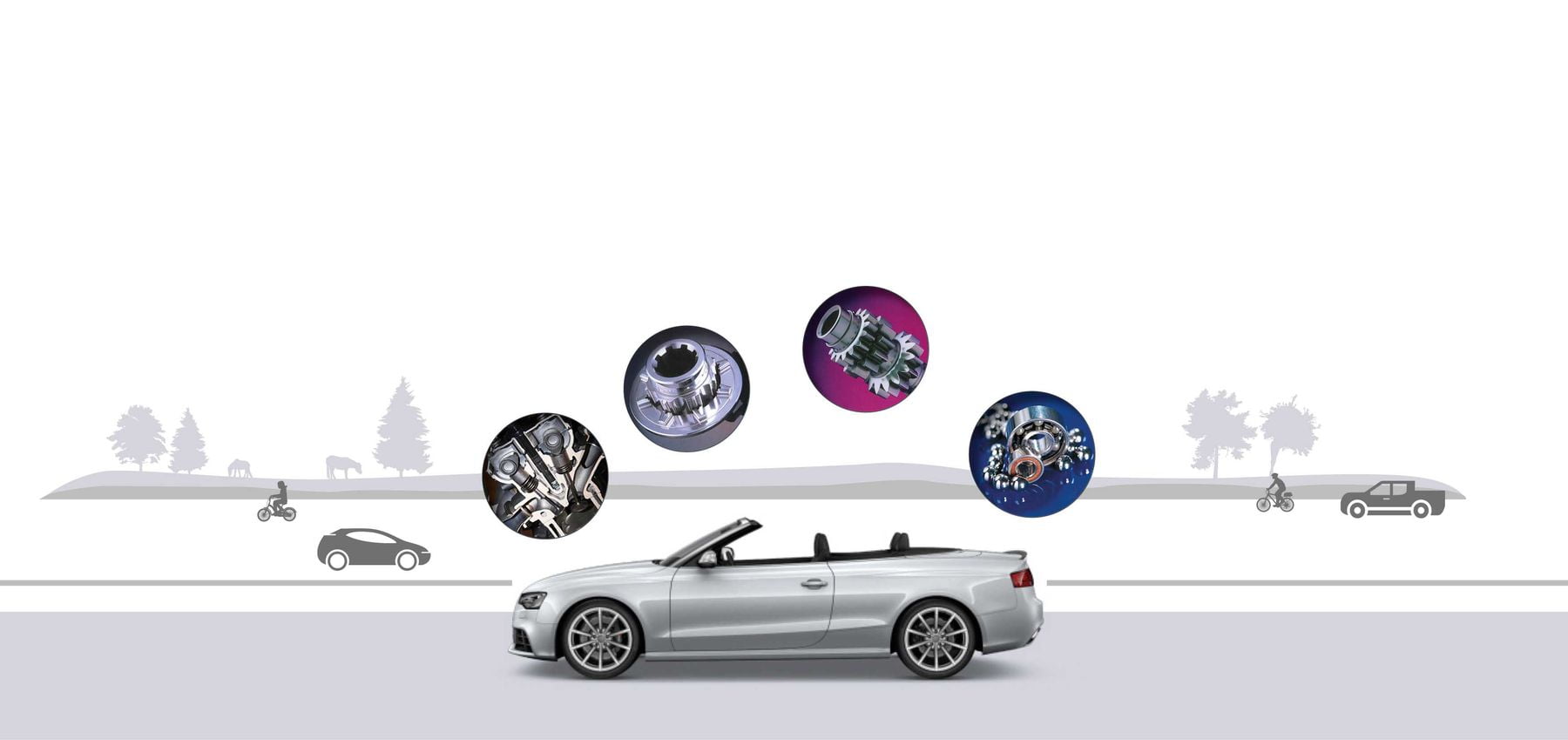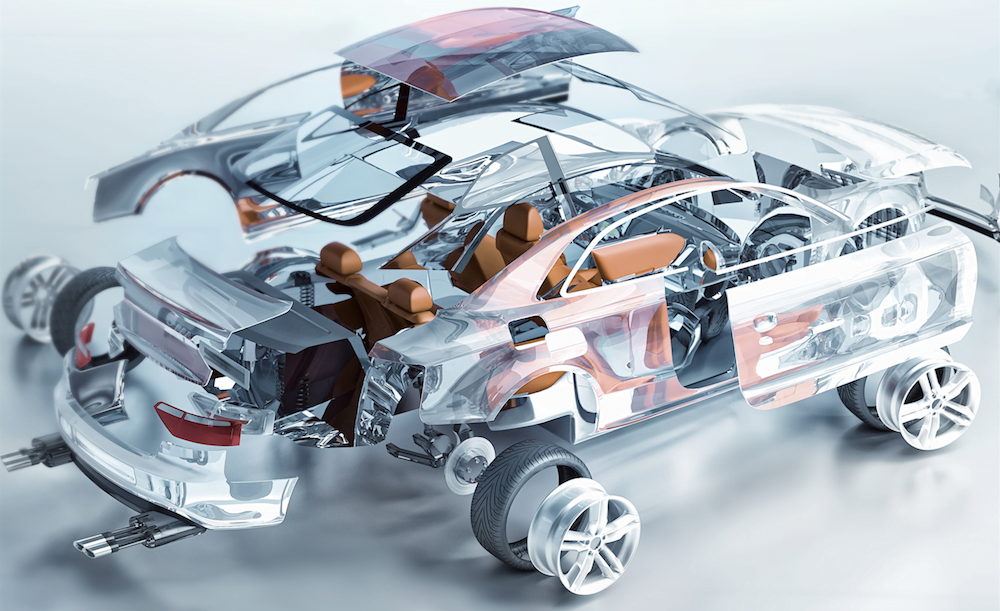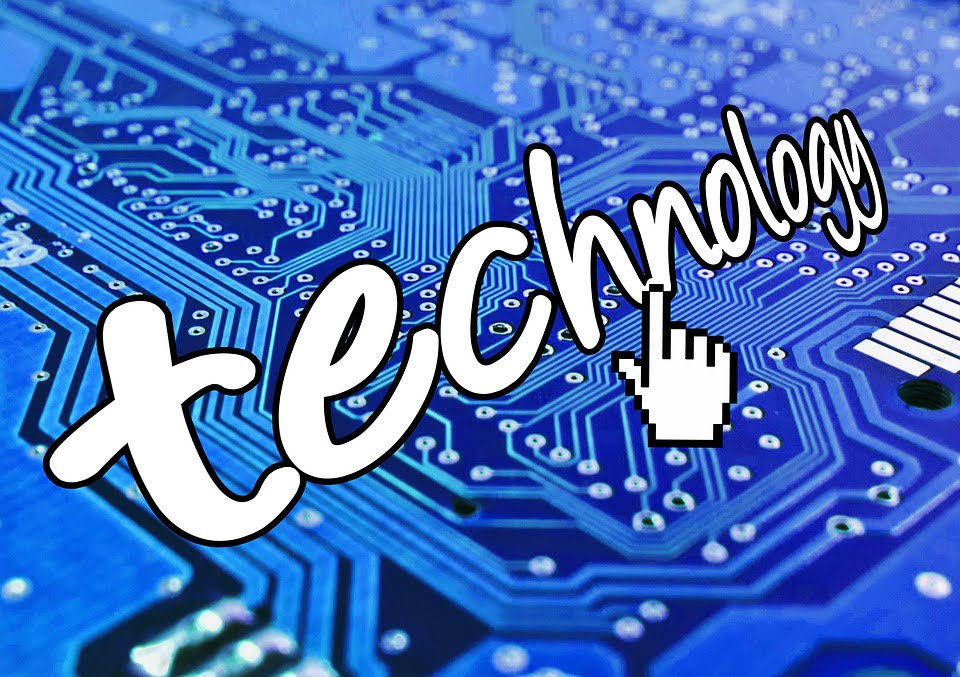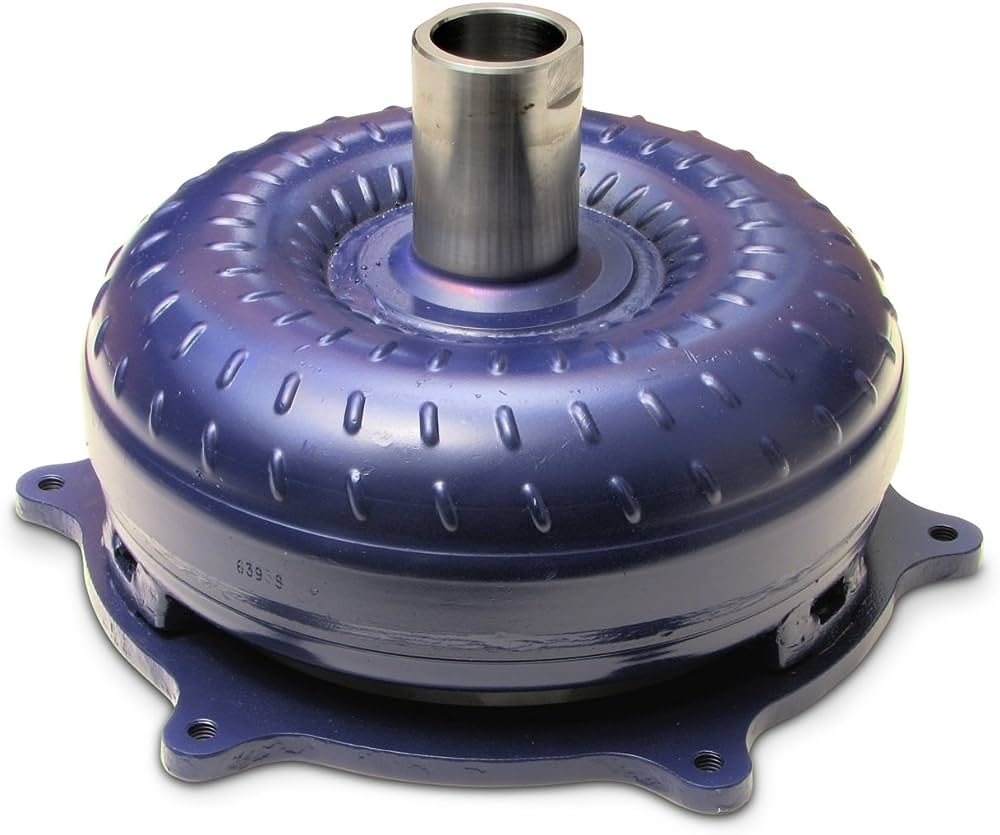
With the advancements in technology, remote patient monitoring companies services have been gaining wide acceptance in the healthcare industry. The growing number of chronic illnesses has made it necessary for healthcare providers to offer continuous care for patients. Remote patient monitoring services have made this possible by enabling patients to receive treatments from the comfort of their homes. This article explores how remote patient monitoring services harness the power of technology to provide better healthcare.
What is remote patient monitoring?
Remote patient monitoring (RPM) is a type of healthcare service that utilizes technology to collect various health data from patients. The data collected includes vital signs like blood pressure, heart rate, glucose levels, and temperature. RPM services use remote monitoring devices to collect this data, which is transmitted to healthcare providers, who can use it to provide better care to patients.
Benefits of remote patient monitoring services
One of the primary benefits of RPM services is that patients can receive care from the comfort of their homes, which eliminates the need for hospital visits or long waits in the emergency room. In addition, RPM services provide timely interventions, which can prevent medical emergencies before they occur. RPM services also improve patient outcomes and reduce healthcare costs by minimizing hospital readmissions, which account for a significant portion of healthcare costs.
Remote monitoring devices used in RPM services
Remote monitoring devices used in RPM services include wearable devices like smartwatches and fitness trackers that collect data about patient’s vital signs. Other devices include blood glucose meters, blood pressure monitors, pulse oximeters, and thermometers. These devices are easy to use and can transmit data directly to healthcare providers, who can use it to provide better care to patients.
How RPM services are transforming healthcare delivery
Remote patient monitoring services are transforming the healthcare industry by improving patient outcomes and reducing healthcare costs. With RPM services, healthcare providers can intervene in real-time and prevent medical complications before they occur, which reduces hospital readmissions. RPM services have also made it easier for patients to manage their chronic illnesses by providing access to healthcare services from the comfort of their homes.
Future of RPM services
The future of RPM services is promising. As technology continues to evolve, we can expect to see more sophisticated monitoring devices that can collect more comprehensive health data. These devices will be more accurate, easier to use, and more affordable, making it easier for healthcare providers to adopt RPM services. In addition, RPM services will become more integrated with other healthcare services, like telemedicine, to provide a more comprehensive healthcare experience.
Conclusion:
Remote patient monitoring services offer a promising solution to the growing healthcare needs of the aging population. By harnessing the power of technology, RPM services provide continuous care to patients and enable healthcare providers to intervene before medical complications occur. RPM services improve patient outcomes, reduce healthcare costs, and provide patients with a more convenient healthcare experience. As technology continues to advance, we can expect to see more sophisticated remote monitoring devices that can collect more comprehensive health data, making RPM services even more effective. It’s clear that remote patient monitoring services are transforming healthcare delivery and providing better healthcare services to patients around the world.




